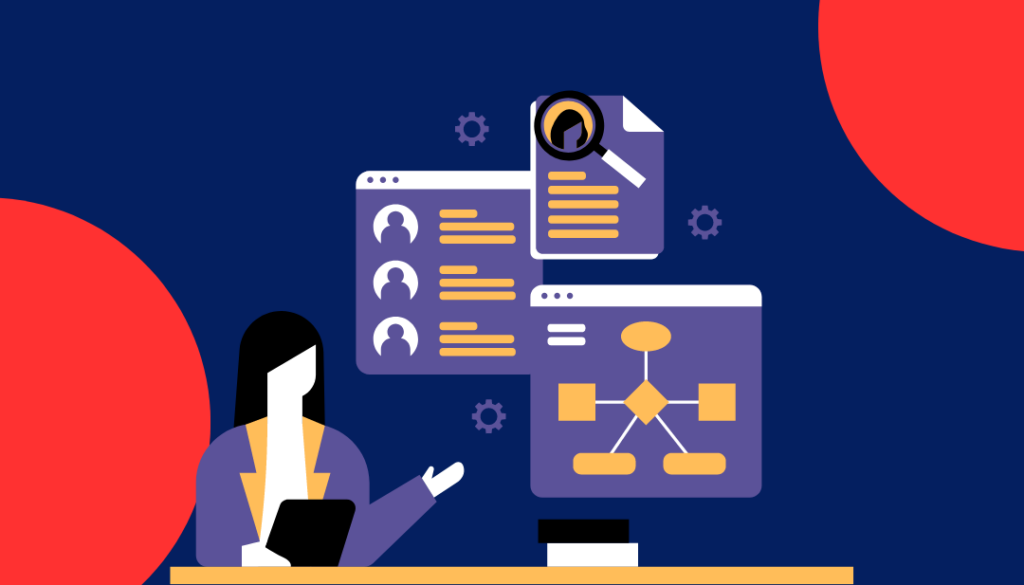In the ever-evolving landscape of human resource management, the efficient handling of HR tasks is paramount. This comprehensive guide explores how HR professionals can achieve effectiveness by integrating an HR Toolkit and HRMS (Human Resource Management System). Discover the strategies, tools, and insights to streamline your HR operations and elevate organizational performance.
The Evolution of HR Management
Before delving into the details of the HR Toolkit and HRMS, let’s briefly touch on the evolution of HR management. Traditionally, HR tasks were manual, paper-based processes. From recruitment to payroll, everything involved mountains of paperwork and countless hours of administrative work. However, as businesses grew and technology advanced, the need for automation and efficiency became evident.
What is an HR Toolkit?
An HR Toolkit is a valuable resource package for HR professionals. It includes templates, guidelines, and resources covering various HR functions like recruitment, onboarding, performance assessment, and compliance. These toolkits streamline HR tasks, providing ready-made forms, policies, and checklists for efficiency.
Key Benefits of HR Toolkits
- Time Efficiency: HR professionals can save time by accessing pre-made templates and guidelines, reducing the need for manual document creation.
- Consistency: It promotes consistency in HR processes and policies across the organization, reducing the risk of errors and misunderstandings.
- Compliance: Toolkits often include up-to-date legal guidelines and compliance information, helping organizations stay within legal boundaries.
- Employee Engagement: Effective HR processes contribute to better employee engagement, as employees receive clear communication and swift resolution of HR-related issues.
- Cost Savings: By streamlining HR operations, companies can reduce operational costs related to administrative tasks.
Understanding HRMS
While the HR Toolkit provides valuable resources for HR professionals, HRMS software takes HR management to the next level. An HRMS is an integrated software solution that automates various HR functions, such as payroll processing, employee records management, time and attendance tracking, and benefits administration. The critical components of an HRMS often include:
- Employee Self-Service (ESS): Allows employees to access and update their personal information, view pay stubs, and request time off.
- Recruitment and Applicant Tracking: Streamlines the hiring process, from posting job openings to onboarding new hires.
- Performance Management: Provides tools for setting goals, conducting performance reviews, and tracking employee progress.
- Time and Attendance: Automates time tracking and attendance management, reducing errors and ensuring compliance with labour laws.
- Payroll Processing: Calculates and processes employee salaries, tax deductions, and other payroll-related tasks.
- Benefits Administration: Manages employee benefits, including enrollment, changes, and compliance.
Integrating HR Toolkit with HRMS
- Centralized Information: An integrated HR Toolkit and HRMS provide a centralized repository for all HR-related documents, from employment contracts to performance reviews. This means that information is easily accessible and up-to-date.
- Automated Workflows: When a new employee is hired, for example, the HRMS can trigger the use of specific templates and guidelines from the HR Toolkit, automatically creating a standardized employment agreement and onboarding checklist.
- Streamlined Communication: Integration ensures that HR processes are seamless and transparent. Employees can easily access information and request changes, reducing the need for back-and-forth communication with HR staff.
- Data Analytics: An integrated system allows HR professionals to gather valuable insights from HR data. This data can be used to make informed decisions about recruitment, employee development, and more.
- Compliance Management: HRMS software can help HR teams comply with labour laws and regulations by automating compliance checks and generating reports. The HR Toolkit can provide the latest legal guidelines to ensure compliance.
Challenges and Considerations
While HR Toolkit and HRMS integration offer numerous benefits, it’s essential to consider a few challenges:
- Cost: Implementing and maintaining HRMS software can be expensive, especially for small businesses.
- Training: HR staff may require training to fully utilize the HRMS and HR Toolkit effectively. Investing in training can ensure a smooth transition.
- Data Security: HRMS systems contain sensitive employee data. Ensuring robust data security measures is crucial to protecting this information.
Conclusion
In conclusion, managing HR tasks effectively in today’s business landscape demands using technology-driven solutions like HR Toolkit and HRMS. These tools streamline HR processes and enhance employee engagement, compliance, and overall organizational efficiency. The integration of HR Toolkit resources with HRMS functionality offers a comprehensive approach to HR management that empowers HR professionals and contributes to the entire organization’s success. As technology advances, staying up-to-date with the latest HR tools and practices is essential for any business looking to thrive in the modern workforce.
